Waldron | 1/32 Japanese and US Instruments
Reviewed by Chris Sherland
Introduction
Waldron Model Products have been making great add-ons in 1/32 and 1/24 for quite a while. It is indeed safe to say that their cockpit instrument sets are "standard fare" for super detail jobs. Sure you could try making your own but you might go blind trying to get the level of detail that Waldron achieves and they certainly have had some time to perfect their offerings.
This review is an "out of the bag" look at their Japanese and US instrument sets in 1/32 scale.
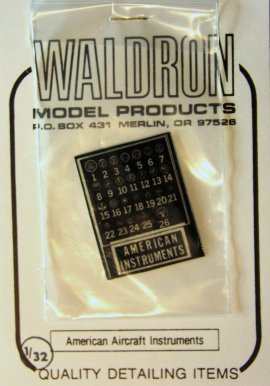
What you Get
Waldron's instrument sets are without a doubt a unique product. The instruments are printed on a stout clear glossy sheet with protective tape backing. The dial face detail is printed as transparent, while the dial outlines and backing are black. This allows for the modeler to paint on the back of the instrument faces for the application of color fill and color detail that will show through the front of the instruments when mounted.
The sets come carefully packaged in a small plastic bag with full and detailed instructions for their application. It should be noted that a punch and die set is needed to remove the instruments from the clear sheet. Waldron's punch and die set is custom made for these instrument sizes and is the preferred toolset.

The Japanese and US instrument sets.
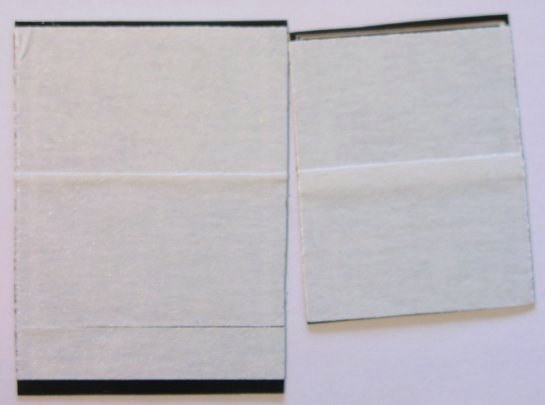
Both sets shown from behind, note the protective tape backing.
As one might imagine, the real beauty of these sets shines brightest under the magnifying glass.
In these pictures below a corner of the tape backing has been peeled away to reveal the transparency of the dial details. While my camera only does a passable job here, note that all these instruments are readable!
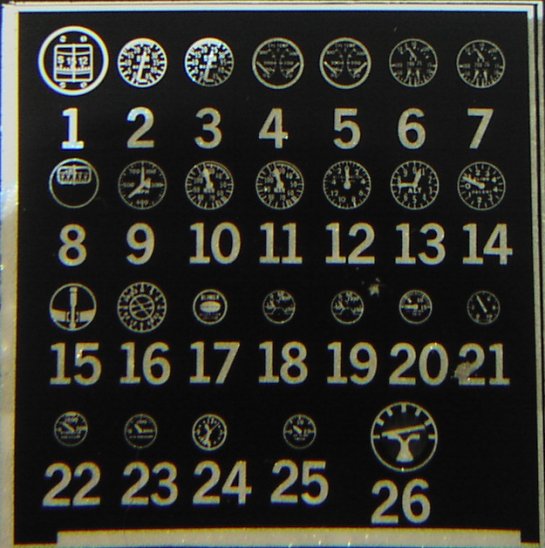
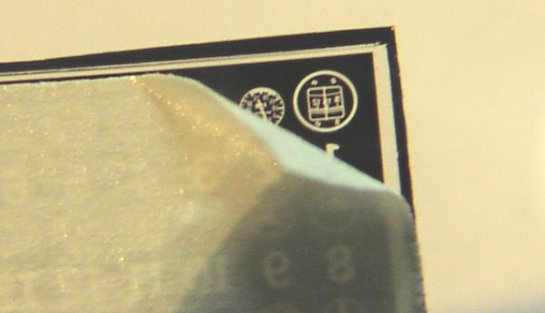
Using the Sets
While construction is not the focus of this review, a look at the instruction excerpts below reveals that the set is more than just a well-detailed alternative for the kit's instruments. These sets are designed and engineered for precise construction and are not only replacement dials but include directions and diagrams for new panel construction as well as panel mounting and detailing.
Keep in mind that these instruments don't just get "glued on" here folks. There is a level of work and attention that is required to install these sets with the care that is intended. This is a detail set for advanced modelers with experience dealing with small detail and construction. Waldron's punch and die set is practically required to install these sets correctly and the use of a Dremel tool is critical.
The instructions for Waldron's punch and die set suggest some practice prior to construction with "off" areas of the instrument card (the title bar for example). Looking at this stuff for the first time myself I couldn't agree more. While it does not look like a difficult task, using these sets suggests a steady hand and good tweezers!!!
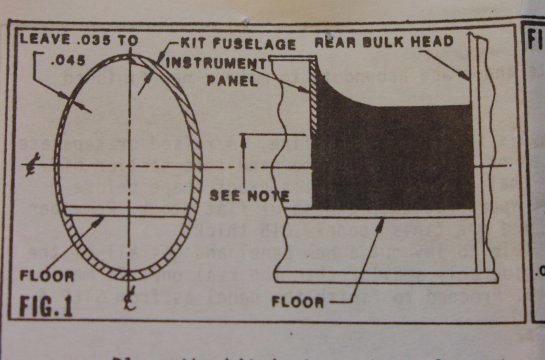

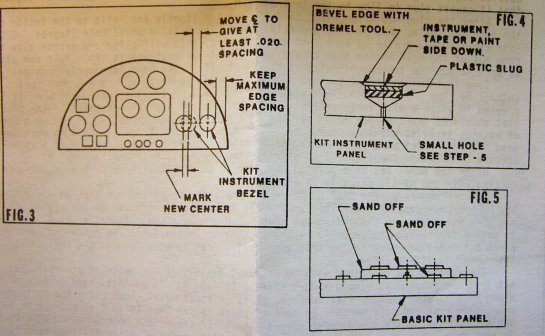
All the instruments in each set are numbered and referenced with their function. With good references and some patient attention to detail these sets allow for fully accurate and complete panels.
Each set's instructions contain both general panel construction as well as set-specific details. Many Japanese artificial horizon indicators were 1/2 black and 1/2 light blue for example. It's details like this that leave you to believe that the folks at Waldron have done as much if not more research than you have, it's quite refreshing.
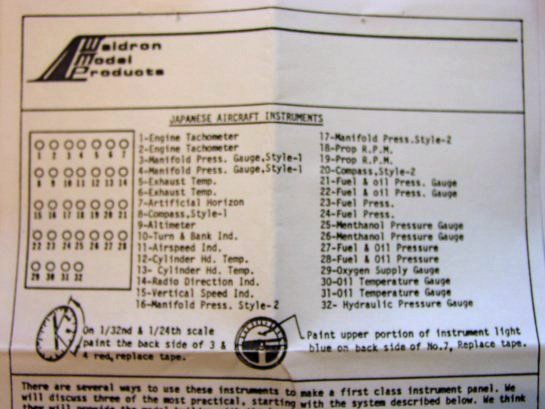
Please excuse the bad picture here...lighting lighting lighting!!!
Final Thoughts
The cockpit of a big scale aircraft always gets it's fair share if attention from viewers. Detail sets for just about any aircraft type that is offered in 1/32 are available, and 1/24 sets are getting more attention as well, making the job of detailing the cockpit easier. However Waldron's instrument sets are of a quality that automatically bring real validity to a cockpit detail job. It's one thing to throw some resin and photo etch stuff into the tub and paint, but these sets are a cut above and can really get the "office" looking great.
If you want it accurate; Waldron stuff is the way to go.
© Chris Sherland
This review was published on Saturday, July 02 2011; Last modified on Wednesday, May 18 2016
